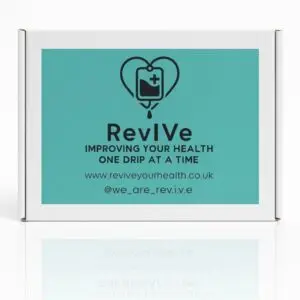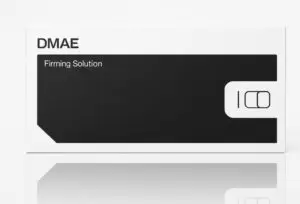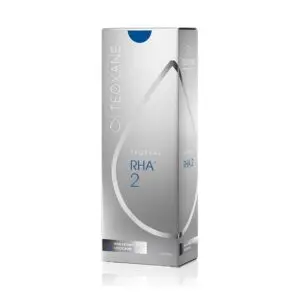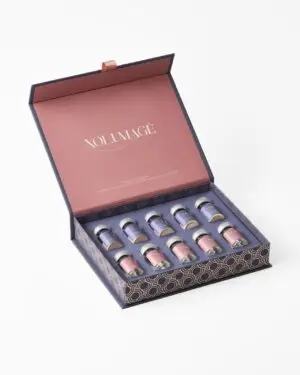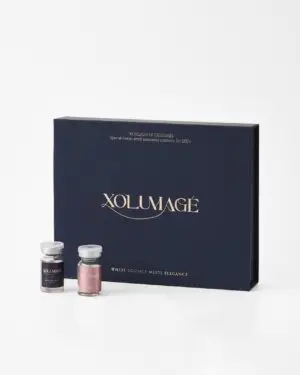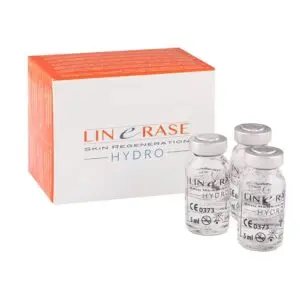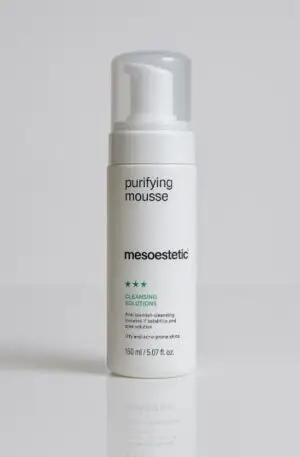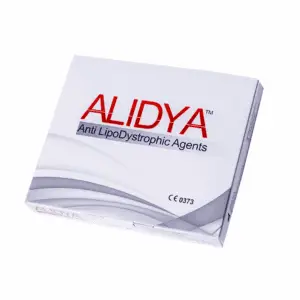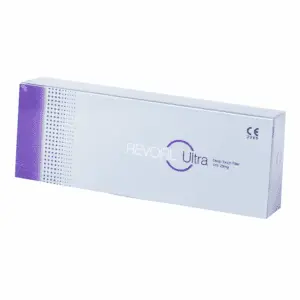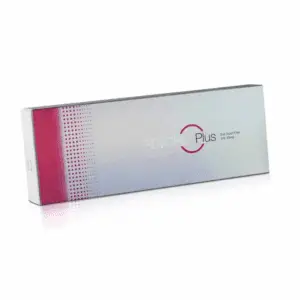Both botox and dermal fillers are administered through injections and are classified as cosmetic treatments. Besides both being minimally invasive, they are very different in nature and the results they provide.
What is Botox?
Botox freezes muscles using purified bacteria, reducing the appearance of lines and wrinkles brought on by facial expressions. Without movement in these areas, wrinkles become softened or even removed. It is commonly used to correct dynamic wrinkles such as lines on your forehead and crow’s feet.
What Botox cannot correct
Botox will not correct wrinkles and fine lines caused by sagging, known as static wrinkles. Static wrinkles include lines in cheeks, jowl, and neck. It is not a permanent solution, requiring repeated treatments every 3 to 4 months to continue experiencing wrinkle-reducing effects.
What are dermal fillers?
Sometimes referred to as soft tissue fillers, dermal fillers restore fullness to areas that have thinned due to aging, mainly around the cheeks, mouth, and lips. Products vary wildly with how long it takes to work and how long the filler lasts. Some fillers can last up to 2 years or longer with others falling short at 6 months.
What can dermal fillers correct?
Different dermal fillers products are designed to treat varying signs of aging. They can:
- Plump up thinning lips
- Enhance or fill in shallow areas on the face
- Decrease or remove the shadow or wrinkle under the eyes caused by the lower eyelid
- Fill in or soften the look of recessed scars
- Fill in or soften static wrinkles, especially on the lower face
The main differences between Botox and fillers
Differences include:
Botox: freezes muscle groups to prevent wrinkles caused by facial expressions, and is mainly used in the upper face, forehead, and eyes. Botox treatments generally last three to four months.
Dermal fillers: use hyaluronic acid (and similar chemicals) to plump areas that have lost natural contours and smoothness. It is used to reduce the severity of wrinkles around the cheeks, mouth, and lips, and anywhere else where people have lost fullness. Dermal fillers can also be used to flatten out scars and forehead wrinkles. Dermal fillers can last up to and beyond two years depending on the product.


